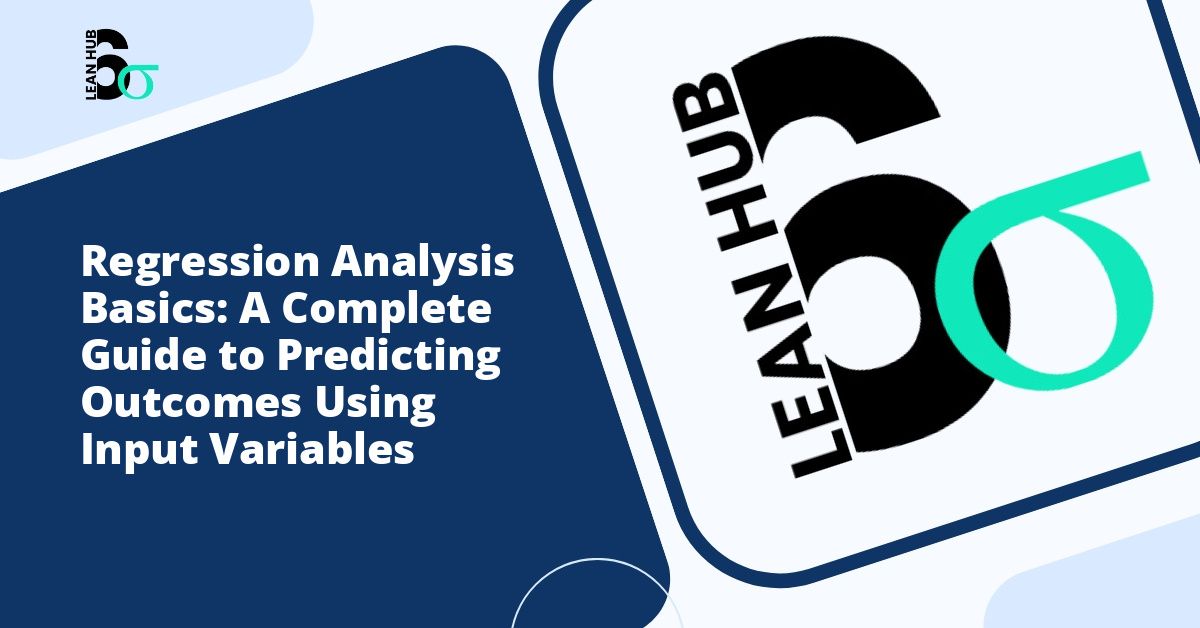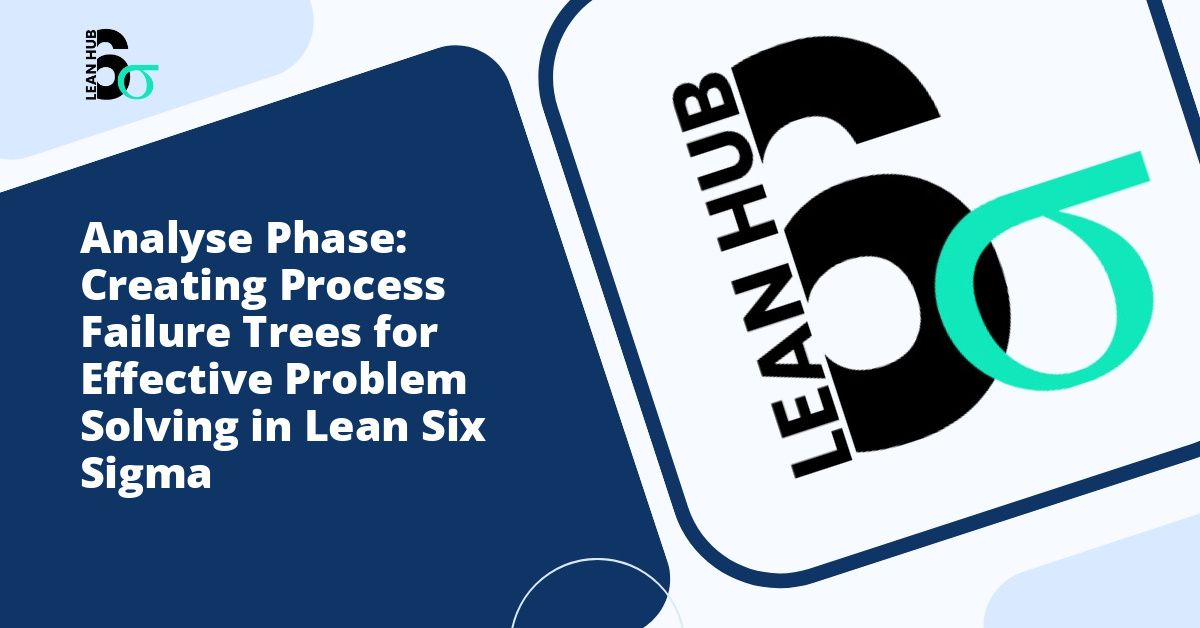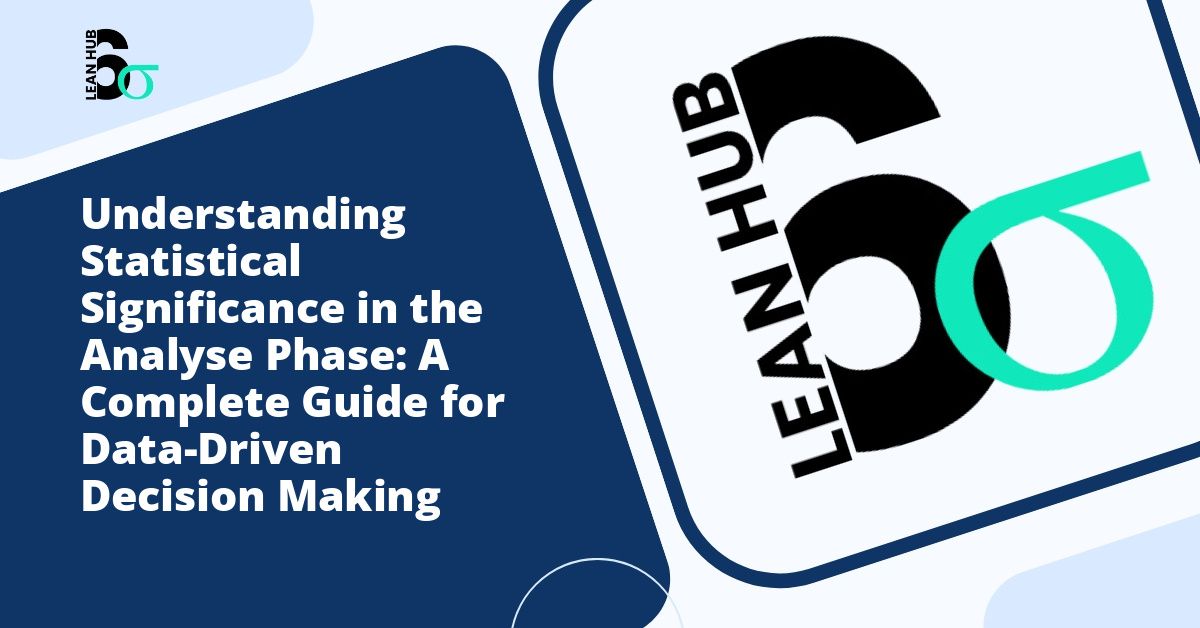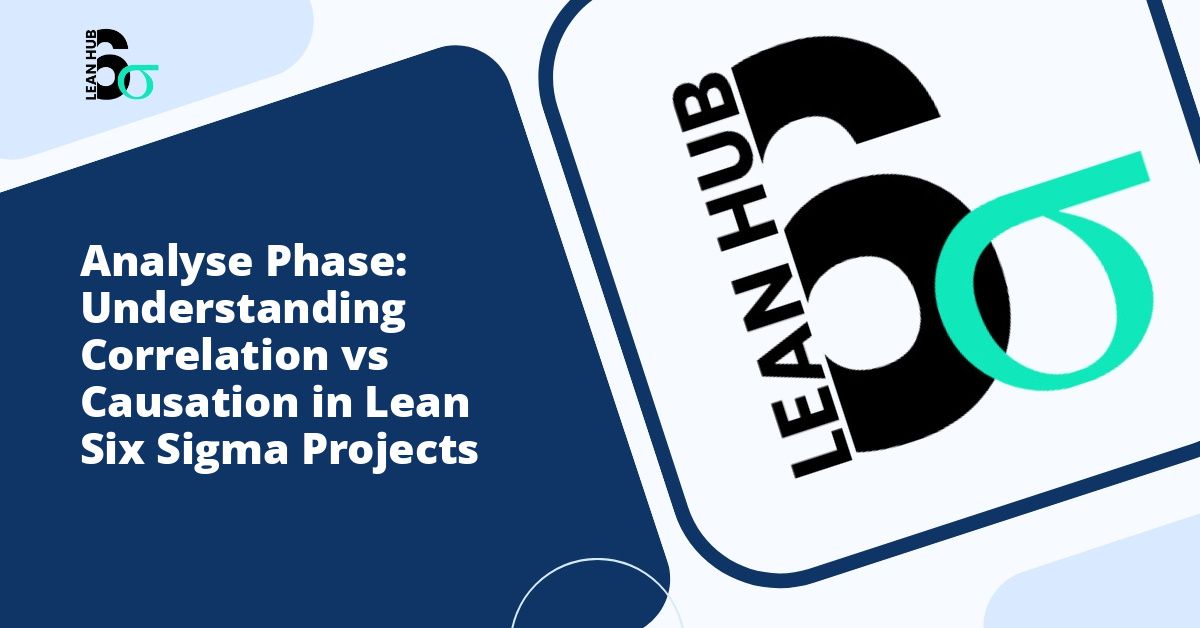In today’s data-driven world, the ability to predict outcomes based on historical information has become an invaluable skill across industries. Regression analysis stands as one of the most fundamental statistical techniques for understanding relationships between variables and making informed predictions. Whether you are working in business analytics, quality improvement initiatives, or scientific research, mastering regression analysis provides a powerful foundation for data-based decision making.
Understanding Regression Analysis: The Foundation of Predictive Modeling
Regression analysis is a statistical method that examines the relationship between one dependent variable (the outcome you want to predict) and one or more independent variables (the input factors that influence that outcome). At its core, regression analysis answers a simple question: how does changing one variable affect another? You might also enjoy reading about ANOVA Explained: Comparing Multiple Groups in Your Process Analysis.
For instance, a retail business might want to understand how advertising spend influences sales revenue. A manufacturing company could investigate how temperature affects product quality. Healthcare providers might explore how various lifestyle factors impact patient health outcomes. In each scenario, regression analysis provides a mathematical framework for quantifying these relationships and making predictions. You might also enjoy reading about T-Test in Six Sigma: How to Compare Means and Identify Significant Differences in Your Data.
The Role of Regression Analysis in Lean Six Sigma Methodologies
Regression analysis plays a critical role in lean six sigma projects, particularly during the analyze phase of the DMAIC (Define, Measure, Analyze, Improve, Control) framework. While many practitioners may first encounter potential variables during the recognize phase of problem identification, regression analysis becomes instrumental when quantifying the impact of various factors on process performance. You might also enjoy reading about How to Formulate Null and Alternative Hypotheses for Your Six Sigma Project.
Within lean six sigma initiatives, regression analysis helps teams move beyond assumptions and intuition to identify which input variables truly drive process outcomes. This data-driven approach ensures that improvement efforts focus on factors that genuinely matter, rather than those that simply appear important. By establishing mathematical relationships between inputs and outputs, teams can optimize processes with confidence and precision.
Types of Regression Analysis
Understanding the different types of regression analysis helps practitioners select the most appropriate method for their specific situation.
Simple Linear Regression
Simple linear regression examines the relationship between one independent variable and one dependent variable. This method assumes a straight-line relationship between the two variables and is represented by the equation: Y = a + bX, where Y is the predicted outcome, X is the input variable, a is the y-intercept, and b represents the slope of the line.
This approach works well when you have a clear, single factor that you believe influences your outcome. For example, predicting house prices based solely on square footage would use simple linear regression.
Multiple Linear Regression
Multiple linear regression extends the concept to include two or more independent variables. This method recognizes that real-world outcomes typically result from multiple influencing factors working simultaneously. The equation expands to: Y = a + b1X1 + b2X2 + b3X3 + … + bnXn, where each X represents a different input variable with its corresponding coefficient.
In practice, multiple regression proves more valuable for most business applications because it reflects the complexity of actual situations. Predicting sales might require considering advertising spend, seasonality, economic indicators, and competitor actions all together.
Logistic Regression
Logistic regression differs from linear methods because it predicts categorical outcomes rather than continuous values. This technique is particularly useful when the outcome is binary (yes/no, pass/fail, purchase/no purchase). Healthcare providers might use logistic regression to predict whether a patient will develop a particular condition based on various risk factors.
Key Components of Regression Analysis
The Regression Equation
At the heart of every regression analysis lies the regression equation, which mathematically describes the relationship between variables. This equation allows you to input values for your independent variables and calculate predicted values for your dependent variable. The coefficients in the equation tell you how much the outcome changes for each unit change in an input variable.
R-Squared Value
The R-squared statistic measures how well your regression model fits the data. Ranging from 0 to 1, this value indicates the proportion of variance in the dependent variable that the independent variables explain. An R-squared of 0.85, for example, means that 85% of the variation in your outcome can be explained by the input variables in your model. While higher values generally indicate better fit, context matters, and acceptable R-squared values vary across industries and applications.
P-Values and Statistical Significance
P-values help determine whether the relationships observed in your data are statistically significant or could have occurred by chance. Conventionally, p-values below 0.05 indicate statistical significance, suggesting that the relationship between variables is likely genuine rather than coincidental. Understanding statistical significance prevents organizations from acting on spurious correlations.
Residuals
Residuals represent the differences between actual observed values and the values predicted by your regression model. Analyzing residuals helps assess whether your model meets the assumptions necessary for valid regression analysis. Patterns in residuals can indicate problems with your model that require attention.
Practical Applications Across Industries
Regression analysis finds applications in virtually every sector of the economy. Manufacturing organizations use regression to optimize production parameters and predict equipment failures. Financial institutions employ it for credit risk assessment and fraud detection. Marketing teams leverage regression to understand customer behavior and optimize campaign performance.
In quality improvement contexts, particularly within lean six sigma frameworks, regression analysis helps identify critical-to-quality characteristics during the recognize phase of projects. Teams can then use regression models throughout the improvement process to validate that changes produce expected results and to establish control parameters for sustaining improvements.
Steps to Conduct Regression Analysis
1. Define Your Objective
Begin by clearly identifying what outcome you want to predict and why. Understanding your objective guides all subsequent decisions about data collection and model building.
2. Collect Relevant Data
Gather data on both your outcome variable and potential input variables. Ensure sufficient data points for reliable analysis, typically at least 20 observations per independent variable, though more is better.
3. Explore Your Data
Before building models, examine your data for patterns, outliers, and potential issues. Visualization techniques like scatter plots help identify relationships and data quality problems.
4. Build Your Model
Use statistical software to create your regression model. Start simple and add complexity only as needed. Many practitioners use tools like Excel for basic regression, while more complex analyses might require specialized statistical software.
5. Evaluate Model Quality
Assess your model using R-squared, p-values, residual analysis, and other diagnostic measures. Ensure that your model meets the assumptions required for valid regression analysis.
6. Interpret and Apply Results
Translate statistical output into actionable insights. Communicate findings in business terms that stakeholders can understand and use for decision making.
Common Pitfalls to Avoid
Several common mistakes can undermine regression analysis efforts. Correlation does not imply causation; just because two variables move together does not mean one causes the other. Overfitting occurs when models become too complex and fit noise rather than true patterns. Extrapolation beyond the range of observed data can produce unreliable predictions. Ignoring assumption violations can invalidate results. Awareness of these pitfalls helps practitioners conduct more robust analyses.
Conclusion
Regression analysis represents a cornerstone technique for anyone working with data to understand relationships and predict outcomes. From lean six sigma practitioners identifying critical factors during the recognize phase to data scientists building sophisticated predictive models, regression provides a rigorous framework for data-driven decision making. While the mathematical foundations may appear complex initially, modern tools have made regression analysis accessible to general analysts across industries. By understanding the basics covered in this guide and applying them thoughtfully, you can harness the power of regression analysis to generate valuable insights and drive better outcomes in your organization.








